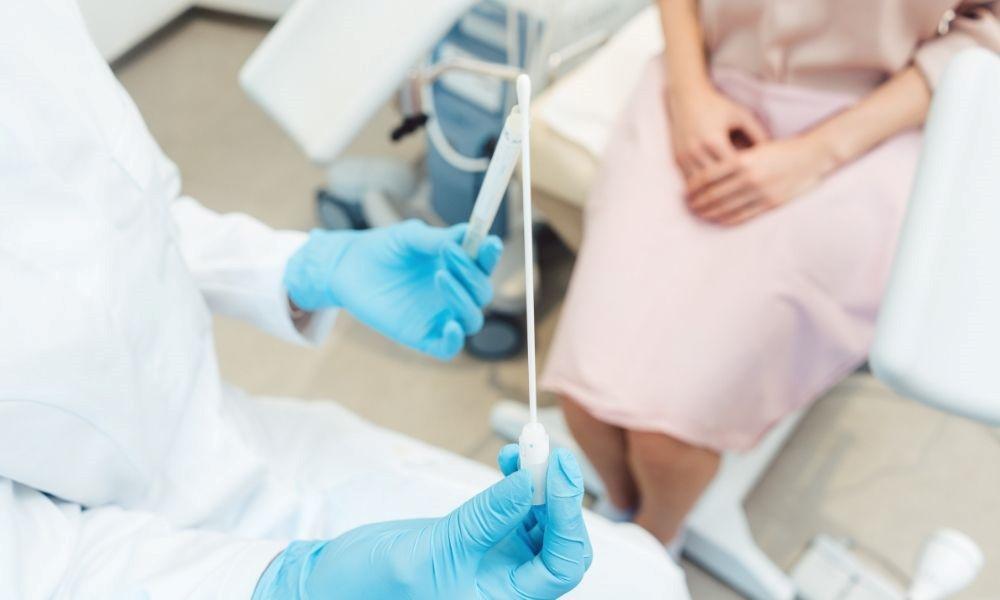The family dentist in El Centro, CA knows how important your oral health is. They know the significance of oral exams and strive to provide comprehensive care and approach to oral diseases.
To keep dental problems at bay, regular oral exams, dental X-rays, and professional cleanings are crucial! Currently, X-rays have been digitized for more patient ease and compliance. Read through the article to learn how digital X-rays are beneficial.
| Digital X-rays are a form of advanced imaging technology that uses digital sensors instead of traditional radiographic films to directly capture data during the patient examination. This data is then processed, converted, and transferred to a computer system. |
How do digital x-rays help?
X-rays help dentists in disease diagnosis by revealing:
- Tooth and their root positions
- Abnormal root morphology
- Problems inside a tooth or below the gumline
- Amount of bone resorption
- The presence of abscesses (pus-filled pockets), cysts (fluid-filled sacs), or tumors (abnormal growth of tissue mass) within the oral cavity
- The presence of benign (non-cancerous) and malignant (cancerous) lesions around a particular tooth
- Interdental tooth decay
- Developmental abnormalities of the teeth or jaws
- The success of root canal treatment, bone grafting, or dental implants.
What benefits do they offer?
Digital X-rays offer several benefits over traditional X-rays.
Easy accessibility and storage
- You do not require processing films, since images are directly transferred and stored in the hard drive.
- Digital images are not subjected to degradation over time
- The images are easily accessible and shared across different doctors at the same time.
Cost-effective
- Traditional films and chemical solutions to develop and process them are not required since everything is digitized.
- This saves you money.
- Additionally, there is no exposure to fumes or handling of chemical solutions.
Higher quality and faster image processing
- Digital X-rays offer more precision and accuracy in terms of quality and detailing.
- The images can be viewed instantly on a computer monitor, and easily resized without the risk of distortion, and damage.
Minimal radiation exposure
- Digital imaging leads to a drastic reduction of radiation and the need for bulky lead aprons.
Environmentally friendly
- Digital X-rays eliminate the need for chemical processing and film storage, reducing waste and environmental impact.
Enhanced communication
- These X-rays can be easily shared and transmitted electronically between dental practices, and other specialists.
Digital X-rays are safe diagnostic tools used only when required to prevent radiation exposure. These tools help dentists identify the cause of oral diseases, and aid in designing an appropriate treatment plan. These have successfully replaced traditional radiographic imaging saving a lot of time, effort, and of course money!




